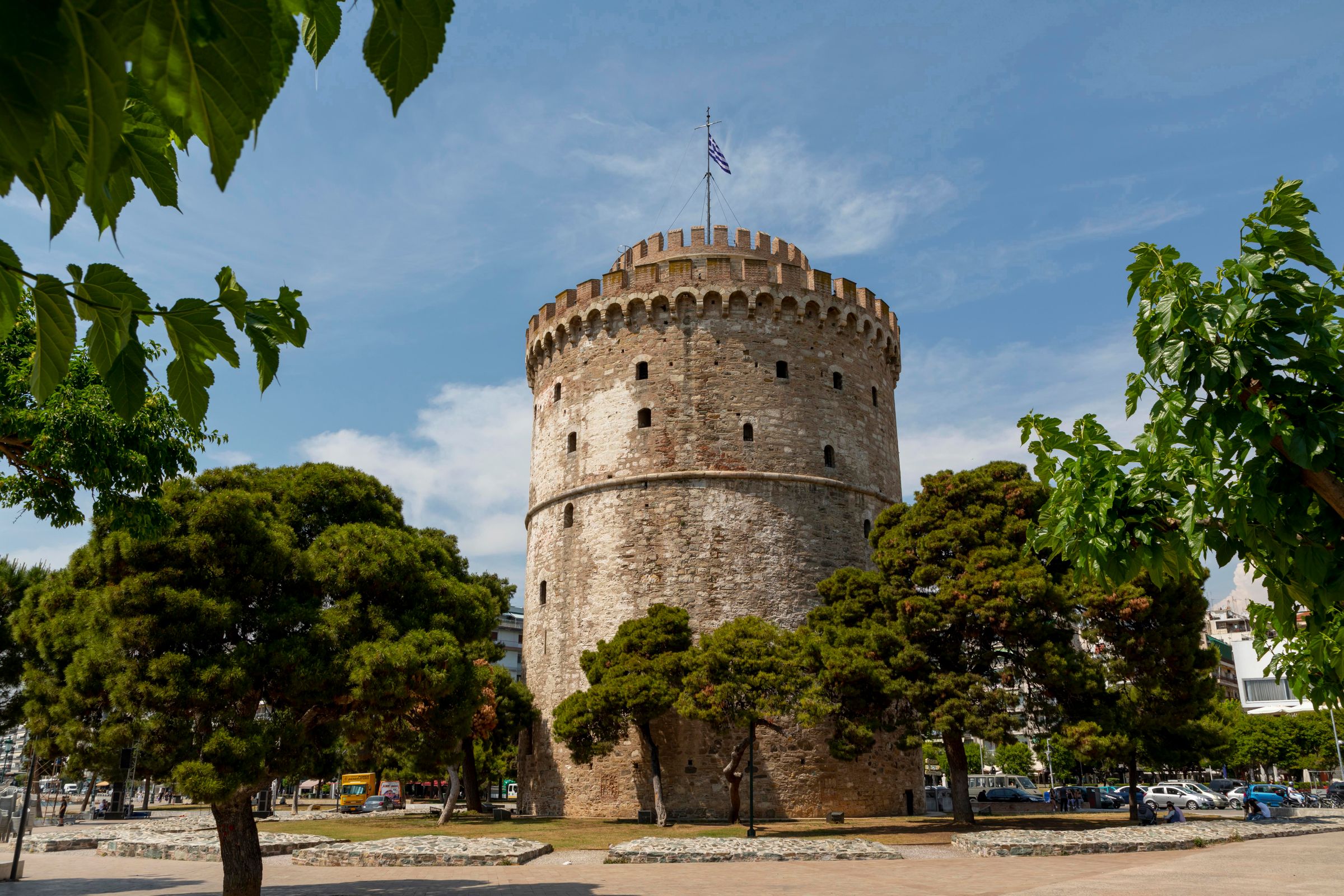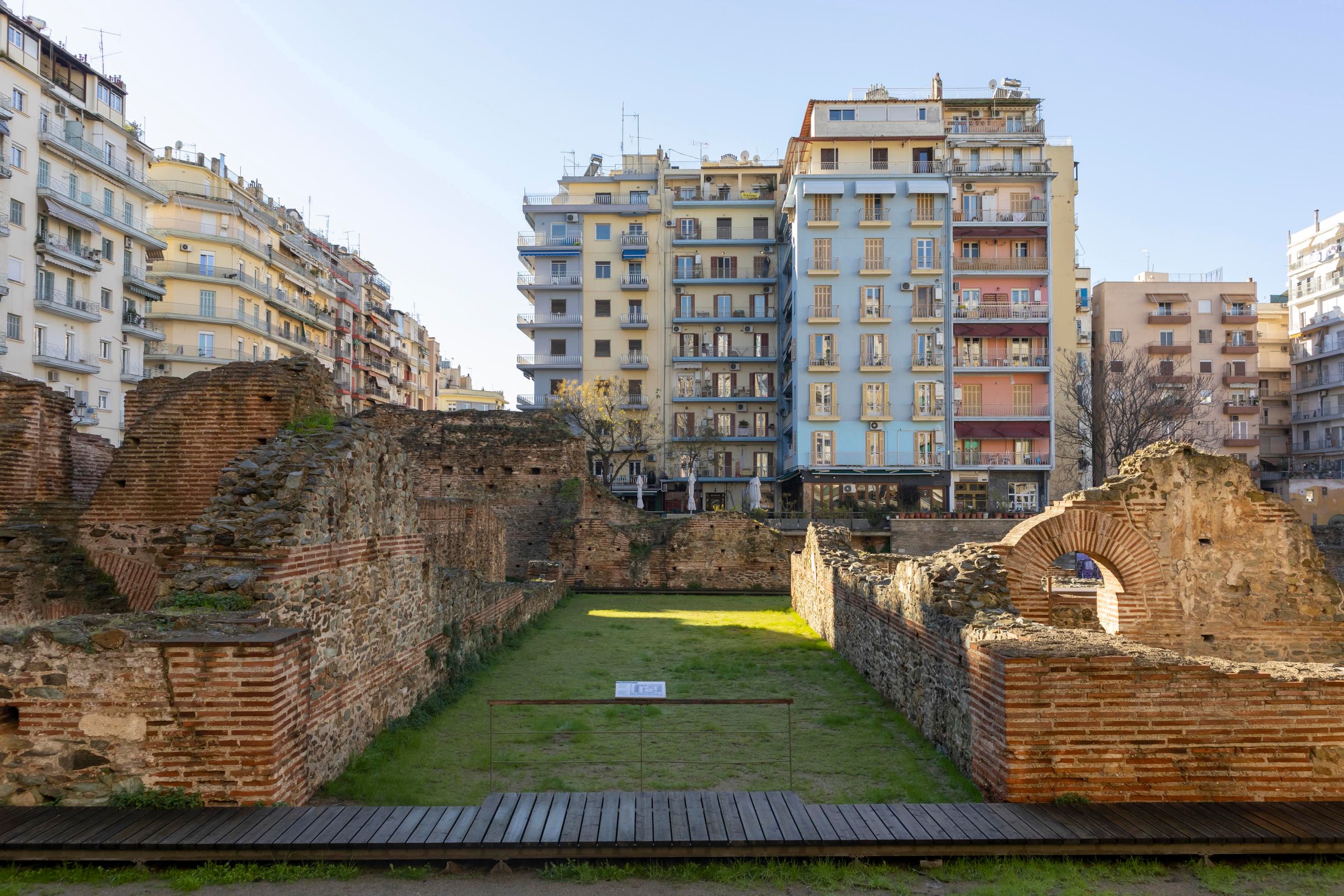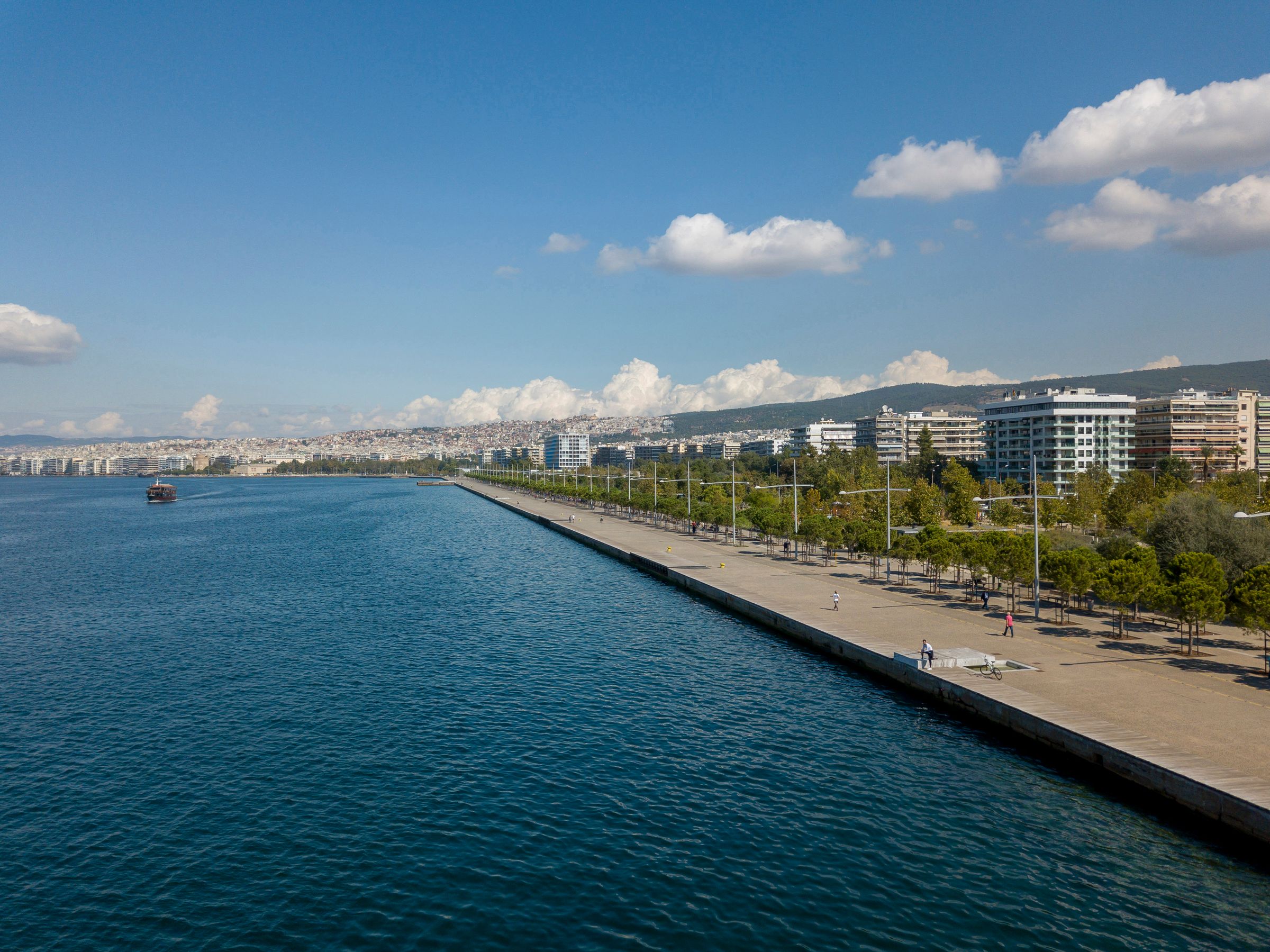
Thessaloniki Fountain
Thessaloniki Fountain
One of the City’s Most Iconic Landmarks
The Thessaloniki Fountain, also known as "Kioup Kiosk," is a historic monument located near the Fountain Square in the city center of Thessaloniki. The fountain was constructed in 1889 during the Ottoman period as part of a broader urban renewal and modernization plan for the city.
The fountain was built to provide drinking water to the residents and passersby of the city. Its location was strategic, situated near one of Thessaloniki’s main roads that connected the White Tower with the area of the Governor’s Palace (Konaki). The fountain was designed with elements of both neoclassical and oriental architecture, blending local and European styles, which was common during that era.
The Thessaloniki Fountain quickly became a landmark and a symbol of the city’s urban life. In 1917, after the Great Fire that destroyed much of the historic center, the fountain remained intact and continued to serve as a meeting point and reference for the people of Thessaloniki.
Following Thessaloniki’s incorporation into the Greek state in 1912, the fountain remained an integral part of city life, although its original role as a water source diminished with the development of modern plumbing infrastructure.
Today, the Thessaloniki Fountain stands as an important historical monument, maintaining the city’s connection to its past. The area around the fountain has evolved into one of Thessaloniki’s busiest hubs, with the monument serving as a timeless witness to the city’s rich history.










